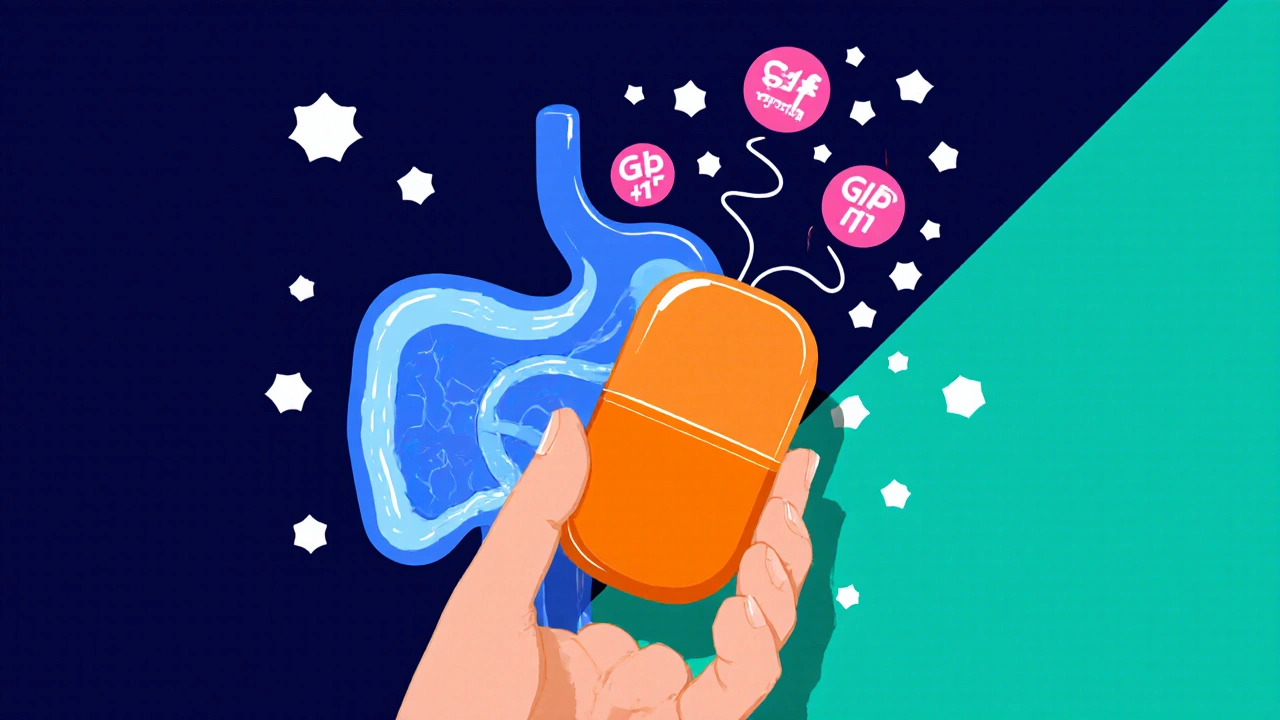Type 2 Diabetes Drugs – A Practical Guide
Ever feel like your prescription bottle changes more often than your socks? That’s because doctors are matching the right type 2 diabetes drugs to the way your body handles sugar. When working with type 2 diabetes drugs, medications used to lower blood glucose in people with type 2 diabetes. Also known as type 2 diabetes medication, they aim to keep your blood sugar in a healthy window while minimizing side‑effects.
One of the most common first‑line agents is Metformin, an oral drug that cuts liver glucose output and improves insulin sensitivity. It’s cheap, well‑studied, and works for many patients, but it isn’t a one‑size‑fits‑all solution. When Metformin alone isn’t enough, doctors often add a newer class called GLP-1 agonists, injectable drugs that boost insulin release after meals and slow gastric emptying. These agents also tend to promote weight loss, which helps many people keep their A1C down. Together, Metformin and GLP‑1 agonists illustrate the semantic triple: type 2 diabetes drugs encompass oral agents and injectable therapies. Effective blood‑sugar control requires appropriate drug selection, and GLP‑1 agonists influence insulin secretion and appetite — three clear connections that shape treatment plans.
How These Medications Work and When to Use Them
Beyond Metformin and GLP‑1 agonists, two other drug families have reshaped the landscape. SGLT2 inhibitors, oral agents that prevent the kidneys from re‑absorbing glucose, sending excess sugar out in the urine not only lower A1C but also protect the heart and kidneys in high‑risk patients. Then there are the DPP‑4 inhibitors, which keep the body’s own GLP‑1 level higher, offering a modest glucose drop with a low side‑effect profile. For people whose pancreas can’t produce enough insulin, a basal insulin shot may be added, completing the spectrum from oral pills to injectables.
Choosing the right mix depends on several attributes: how high your A1C is, whether you carry extra weight, if you have heart or kidney disease, and what side‑effects you can tolerate. For instance, a patient with chronic kidney disease may benefit most from an SGLT2 inhibitor, while someone aiming for weight loss might prefer a GLP‑1 agonist. Monitoring blood glucose, watching for hypoglycemia, and scheduling regular lab checks keep the therapy safe and effective. These practical steps turn the abstract idea of “type 2 diabetes drugs” into a personalized regimen you can manage day‑to‑day.
Now that you’ve got a clear picture of the main drug families, their mechanisms, and the factors that drive selection, you’re ready to dive deeper. Below you’ll find detailed articles that break down each medication class, compare benefits and risks, and offer real‑world tips for getting the most out of your treatment plan.
Onglyza (Saxagliptin) vs. Other Type 2 Diabetes Drugs - 2025 Comparison Guide
A practical 2025 guide comparing Onglyza (saxagliptin) with other type 2 diabetes drugs, covering efficacy, safety, cost and when to choose each option.
Read more
